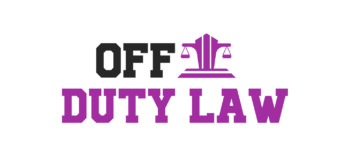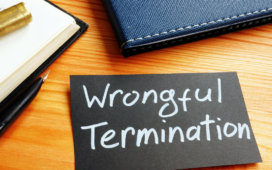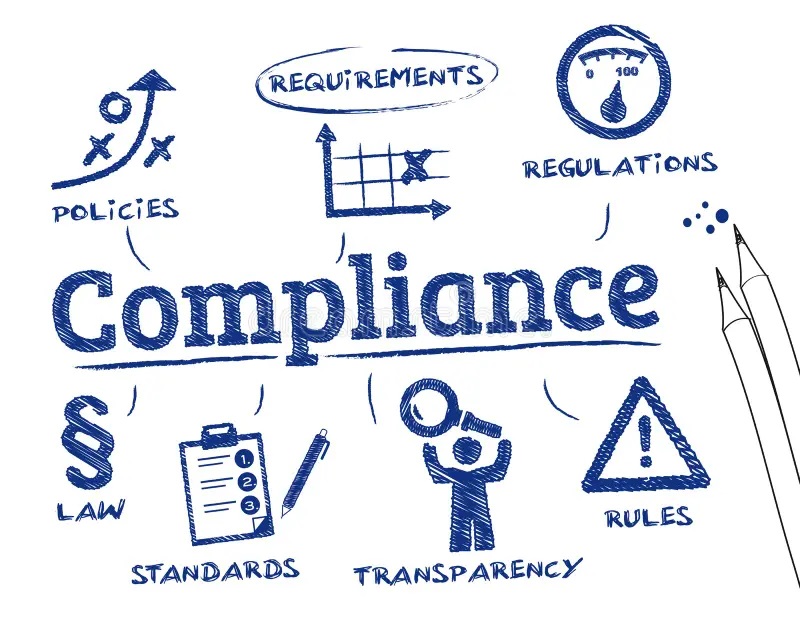Workers in Queens who are hurt on the job often count on workers’ compensation to cover medical care and lost wages. Yet the rules, forms, and deadlines can feel like a maze, especially after an injury. This guide explains eligibility, the benefits available under New York’s 2025 framework, the obstacles that commonly derail claims, and how legal support can protect what injured employees are entitled to. A Queens Workers’ Compensation Lawyer, such as Oresky & Associates PLLC, can help workers navigate the process with confidence and avoid costly missteps.
Eligibility criteria for filing workers’ compensation in Queens
Who is covered
Most people who work for wages in Queens are covered by New York’s workers’ compensation system, including full-time, part-time, seasonal, and many temporary workers. Coverage generally extends to undocumented workers as well. The key is whether the person is legally considered an employee.
Independent contractors are typically not covered, but “independent contractor” labels aren’t decisive. The Workers’ Compensation Board looks at control: who sets the schedule, supplies tools, directs the work, and can fire the worker. If the employer exerts control, the Board may find an employment relationship even though a 1099.
What injuries and illnesses qualify
An injury or illness must “arise out of and in the course of employment.” That includes accidents at the worksite, repetitive stress (like carpal tunnel), occupational diseases (such as asbestosis), and aggravations of pre-existing conditions caused by job duties. Injuries during purely personal activities or due solely to intoxication typically aren’t covered.
Notice and filing deadlines
- Report the injury to the employer within 30 days. Written notice is best, even if the employer already “knows.”
- File the employee’s claim (Form C‑3) with the New York State Workers’ Compensation Board within two years of the accident or of learning an illness is job-related.
- Employers must file a first report (Form C‑2F) and the treating provider files medical reports (C‑4 series). Keeping copies matters.
Choice of doctor and initial care
In emergencies, any hospital or provider can treat the worker. Ongoing care must be with Board-authorized providers: carriers may use pharmacy or diagnostic networks, but they can’t force a particular doctor. Prior authorization for certain treatments runs through the Board’s OnBoard system, which, when used properly, can speed approval.
Special situations
- Work-related COVID-19 or other communicable diseases may qualify if evidence links exposure to the job.
- Off-site injuries can be compensable if the worker was doing job duties or a “special errand.”
- Commuting injuries are usually not covered unless a work-related exception applies.
Benefits available to injured employees under 2025 rules
New York law provides a mix of medical, wage-replacement, and other benefits. In 2025, the core structure remains the same, with some dollar limits adjusted annually by the Workers’ Compensation Board.
Medical treatment, with no copays
Reasonable and necessary medical care related to the work injury is covered: doctor visits, hospital care, surgery, physical therapy, imaging, prescriptions, and medical devices. There are no deductibles or copays for authorized treatment. Mileage or transportation to medical appointments may be reimbursed.
Wage-replacement cash benefits
- Temporary disability (total or partial): Weekly benefits are two-thirds of the worker’s average weekly wage (AWW) multiplied by the disability percentage, up to a statewide maximum that is adjusted each July based on the Statewide Average Weekly Wage. In plain terms: the more the injury limits working ability, the higher the percentage. The exact cap changes annually: the Board’s website lists the current number.
- Waiting period: Benefits start after seven days of lost time, and if disability extends beyond 14 days, the first week is paid retroactively.
Permanent disability and schedule awards
- Schedule Loss of Use (SLU): For permanent loss of function in certain limbs (arm, hand, leg, foot, fingers, toes), the worker may receive a one-time award based on a medical percentage and a statutory schedule of weeks.
- Non-schedule Permanent Partial Disability (PPD): For injuries to the spine, head, or other non-schedule sites, a weekly benefit may be paid for a set number of weeks tied to the loss of wage-earning capacity. The worker may also need to show attachment to the labor market if partially disabled.
- Permanent total disability: If the injury prevents any gainful employment, the worker may receive ongoing weekly benefits, subject to Board rules.
Death benefits
If a worker dies from a job-related injury or illness, eligible dependents may receive weekly benefits based on the worker’s AWW, plus funeral expenses up to statutory limits.
Vocational rehabilitation and return-to-work support
Injured workers may access Vocational Rehabilitation or re-employment services, including job placement, ergonomic modifications, and training.
Settlements (Section 32)
Claims can resolve through a Section 32 agreement, a negotiated lump sum or structured settlement that closes some or all aspects of the case. Because a Section 32 can affect future medical rights, Board approval is mandatory, and careful legal review is wise before signing.
Note: Specific dollar caps and medical treatment guidelines can shift yearly. For 2025, workers should check the New York State Workers’ Compensation Board for current rates and medical guidance updates.
Common obstacles workers face during the claims process
Delays, denials, and IMEs
Carriers frequently deny claims early, citing lack of “causal relationship,” late notice, or a pre-existing condition. Independent Medical Examinations (IMEs) often minimize injuries and recommend cutting off care. If an IME conflicts with the treating doctor, judges may schedule testimony, which takes time.
Average Weekly Wage mistakes
AWW calculations drive weekly benefits. Errors happen, overtime, tips, shift differentials, and second jobs at the time of injury are sometimes omitted. Workers paid in cash or with variable hours face especially high error rates.
Light duty and labor market issues
When partially disabled, a worker may be offered light-duty work. If the offer is legitimate and within restrictions, refusing can jeopardize benefits. If no job is available, the Board may require proof of a good-faith job search or vocational efforts to maintain eligibility.
Language, immigration, and documentation
Language barriers lead to misunderstandings about forms, deadlines, and appointments. Importantly, immigration status does not disqualify a worker from benefits in New York. Still, fear of retaliation, though unlawful under Workers’ Compensation Law §120, can discourage reporting. Detailed incident reports, witness names, and prompt medical documentation help stabilize a claim.
Social media and surveillance
Insurers may monitor social media or conduct video surveillance. Innocent posts or brief moments of activity taken out of context can be used to dispute disability. Caution helps.
Treatment authorization and networks
Prior authorization disputes, network rules for diagnostics or pharmacy, and provider availability can stall care. Using Board-authorized providers and tracking prior authorizations through OnBoard can prevent avoidable delays.
Appeals and disputes when claims are denied
Hearings and initial decisions
Contested claims typically go before a Workers’ Compensation Law Judge (WCLJ). The judge reviews medical records, employer reports, and testimony. If the judge disallows (denies) the claim or limits benefits, the decision will be issued in writing.
Board Panel appeal (30-day deadline)
Either party may appeal within 30 days to a three-commissioner Board Panel. The appealing party files on the Board’s forms (RB‑89 series), and the other side responds. The Panel can affirm, modify, rescind, or return the case for further development.
Full Board Review and judicial appeals
After a Panel decision, a party can seek Full Board Review. If still dissatisfied, they may appeal to the Appellate Division, Third Department, and in rare cases to the New York Court of Appeals. Filing an appeal does not automatically stay payment of awards: a stay typically requires specific relief.
Reopenings and requests for further action
If conditions worsen or new issues arise, parties can request further action (RFA forms). Medical evidence is crucial. For death claims or consequential injuries, updated proofs may reframe eligibility.
Because deadlines are short and procedural rules are exacting, timely advice from a Queens Workers’ Compensation Lawyer can make the difference between a quick correction and a lengthy setback.












